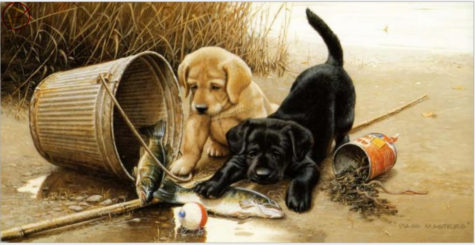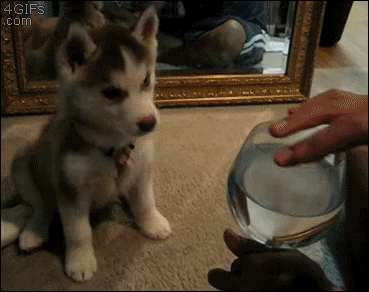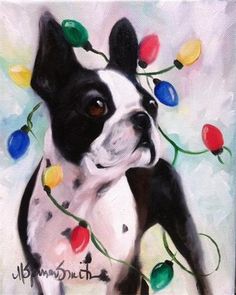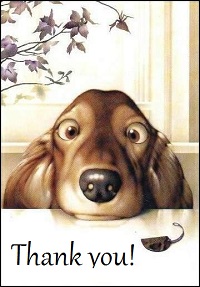Puppy Training – Guidelines
Know and understand your puppy.
- Your puppy’s temperament will determine what rewards and which corrections will be most effective.
- Take into consideration how your puppy reacts to his senses.
- Don’t forget that your puppy is a DOG, and that certain behaviors are part of his DNA and to be expected.
- Dogs and puppies are motivated by pleasure, pain, fear, and also by their assessment of their place in the family or pack.
- Dogs and puppies have a strong need for leadership. If you do not take the role of leader, your puppy will.
Teach one thing at a time.
- Too many different things at once can be confusing.
- Divide complicated tasks into simple steps.
Take it one small step at a time.
- Make steady improvement easy for your puppy.
- Do not expect too much too soon.
Don’t rush the training.
- You have to walk before you can run.
- Patience and repetition are important words to remember.
Temporarily ease up on everything else when introducing something new.
- The key word here is TEMPORARY.
- Do correct mistakes, but gently and with patience.
- Expect mistakes whenever something new is introduced, or when working with your puppy in a new place.
Plan ahead.
- Know in advance the desired result.
- If your puppy suddenly catches on to what it is you want, this will give you a good opportunity to make quick progress.
If what you are doing isn’t working…
- If what you are doing isn’t working, and you’ve put in the time, the repetition, and the patience – rethink your strategy.
- Trust your intuition.
- Be open to new ideas.
Timing is very important.
- Everything that happens to a puppy happens right now.
- Praise and correction must be handed out during or immediately following the behavior or yhour puppy will not get the message.
When working with your puppy, stay focused.
- Don’t stop in the middle of a session to talk on the phone, smoke a cigarette, or etc.
- Remember, training is a form of communication.
- Removal of attention can be a negative reinforcement.
Positive and negative reinforcements, how to use them:
- The reward for good behavior must outweigh the pleasure gained from the bad behavior.
- The correction must override but not overwhelm the will of the puppy to continue with the bad behavior.
- Use lots of positive reinforcement.
- Be sparing but effective with the negative reinforcements.
If your puppy suddenly “forgets”…
- If your puppy suddenly “forgets” what he has learned, go back to the basics.
- Sometimes a quick refresher is what is needed.
- A relapse midway into training is common and usually means you are about to make a major breakthrough – so don’t get discouraged and quit.
Quit while you are ahead.
- Make progress in each training session
- End each session on a high note.
- Too much pressure or too many repetitions can ruin a training session. Three times in a row is usually suficient.
- If necessary, end the training session on something easy.
A successful outcome depends on these factors:
- Patience and persistence
- Consistency and repetition.
- Whether or not you took the time to follow through.
Written by: Shirley Janner
Note:
You are welcome to share this post but ONLY IF you give credit and a link back to Teach Your Dog To Behave or shirleytwofeathers.com.
Related Posts
Worth Exploring
- Dog Training School Pics by shirleytwofeathers - 1 Comment
- Some Cute Dog Quotes by shirleytwofeathers - No Comment
- Training Do’s and Don’ts by shirleytwofeathers - No Comment
- Holiday Toxins and Dangers by shirleytwofeathers - No Comment
- Four Good Reasons To Train Your Dog by shirleytwofeathers - No Comment
John kleist: Dog Training School Pics




Leave a Reply